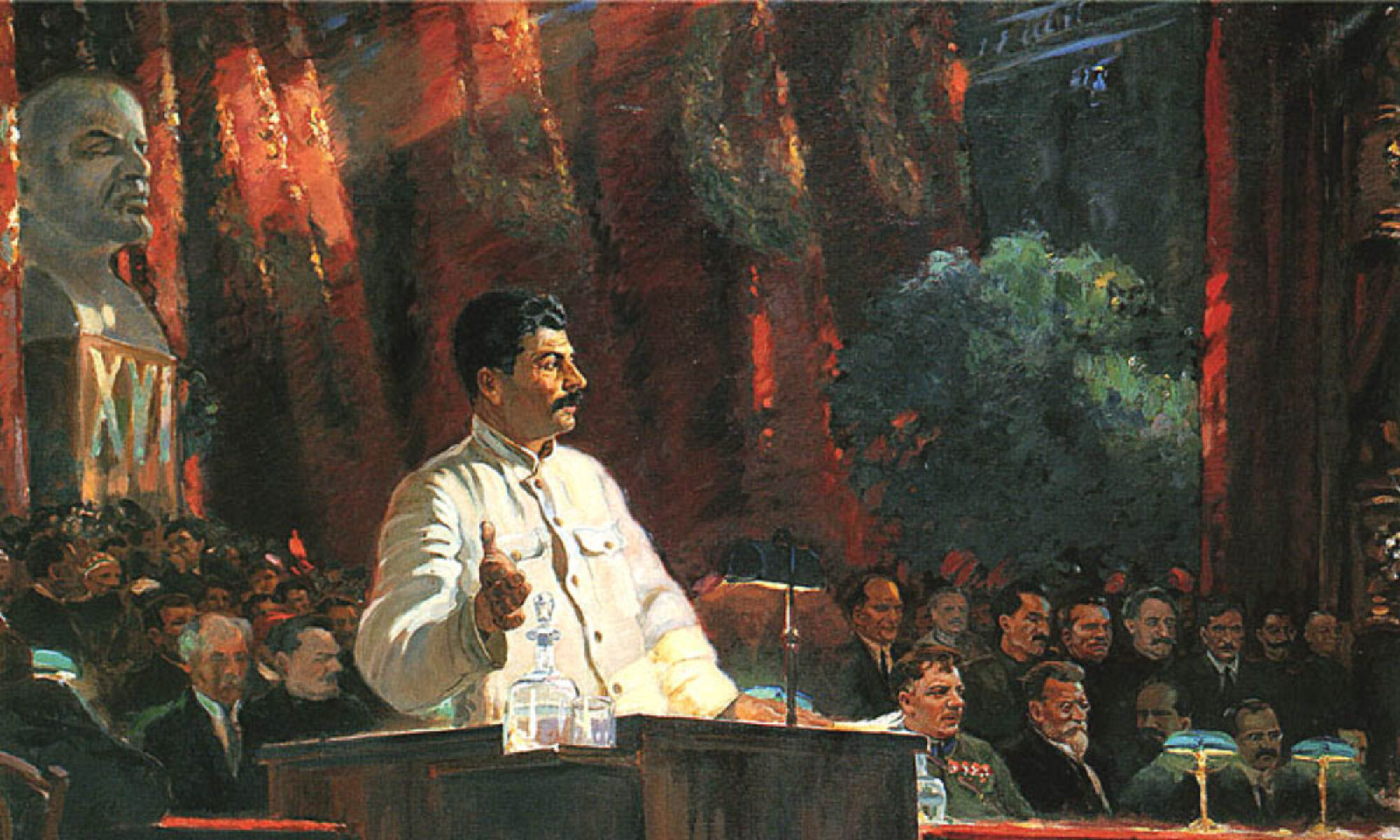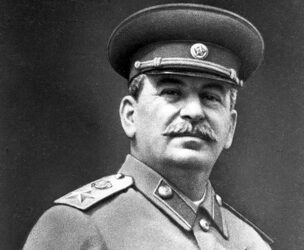Alexander Rodchenko could be considered one of the most effective modern reporters to show all of the details of a gory situation, and manipulate the people to only care about what it has achieved. He spent two years photographing the White Sea-Baltic Canal construction. The construction of the canal involved a prison camp and forced labor. When his all-inclusive inside look was printed, he ensured that it highlighted the amazing innovation and how the prison camp transformed societal outcasts. The article captioned, “The attack on the land took place with spades and explosives, iron and fire!”(pg. 170). He made the construction process out to sound like a war zone. Do you think this manipulation of a cruel situation happens in the current political world? Do you think people realize when an article like this is presented?
Soviet Symbolism
Throughout Soviet Union history, key symbols have shaped the Soviet culture. When you see these symbols, such as the infamous hammer and sickle and the Soviet star, you instantly identify them with the Soviet Union. However, there were many different images established to represent the Soviet worker. One had the “worker” portrayed as a “blacksmith…with a composed and dignified demeanor, a hammer by his side. A second variant portrayed the blacksmith in the act of striking an anvil or in some other physical act, such as slaying a hydra, doing battle with the enemy, or warding off a rapacious eagle” (Pg. 351). Why do you think the latter artists needed/wanted to portray the worker as some sort of super hero?
The BLACKSMITH.
As the communist propaganda movement continued, statues started showing up to encourage moral and spread the message of communism. Statues have always played a bizarre role in fashioning this idea of a community, even if people years down the road do not agree. The argument that it represents history is always in the background.
I found it interesting that the blacksmith was chosen to be the symbol of the people, but of course it was not dressed like the peasants of Russia. What do you think the reason for this was? Why a blacksmith?
Then, we do see the depiction of women to be the copy of this. Except, at least the reading implies that they are the assistant to the man. So, women do not still have the equal role that they should have. After returning to the role of homemaker, they come back to still be under the man. Why do you think women are also depicted as the same job?
Surely, it can be said that they are all equal, working class citizens, but it makes me question why they aren’t given different roles. Society cannot just exist with the occupation of blacksmith.
The Art Aesthetic
Erika Wolf introduces us to the Soviet photographer Alexander Rodchenko. She tells us about some of his well known works and allows the reader to have a look at visual propaganda. The Soviet labor camp, Belomorstroi played a huge part in Rochenko’s rise to the top. The White-Sea Baltic Canal project particularly helped Rodchenko pave his way. His photo essays were published in a respected magazine that was translated in Russian, English, German and French. This images and writings show the work ethic of the Soviet Union and provide readers with a false sense of accomplishment. Although the stories show the dedication of the Soviet workers, as a reader, the deeper you dig the more bodies you find. Belomorstroi changed the “nonproductive” or “antisocial” members of the Soviet Union into, ” productive, skilled, contributing members of society and at the same time a useful public project was completed.”(Wolf 170). The labor camp is portrayed to the magazine readers as a group of people that worked together and were able to accomplish something “together”. The perfect society right? Wrong, in Rodchenko’s images not one of the workers looks happy or is smiling. The laborers look tired, beat down and exhausted. After all the were completing the tasks of machines. Wolf introduces us as readers to an inside look of the Visual propaganda in the 1930’s.

